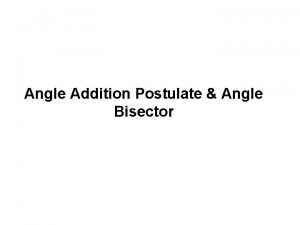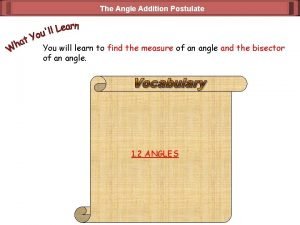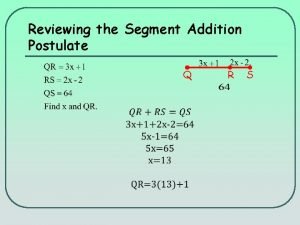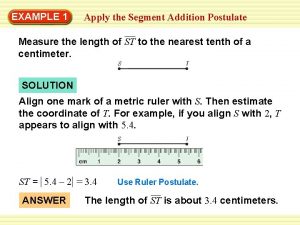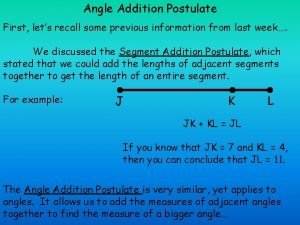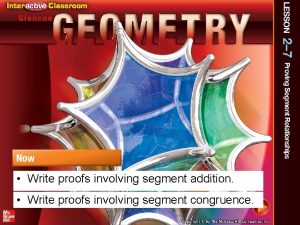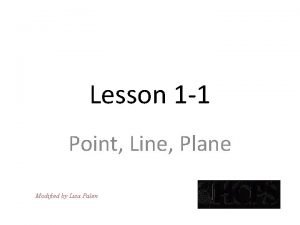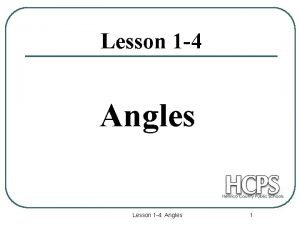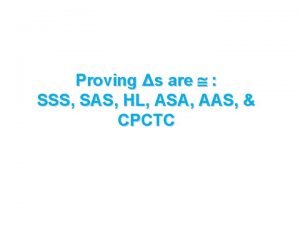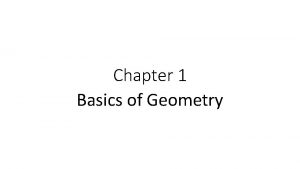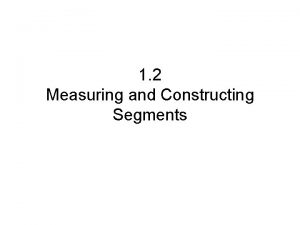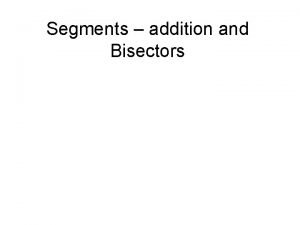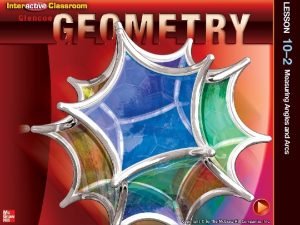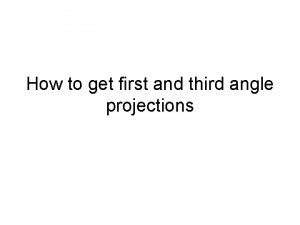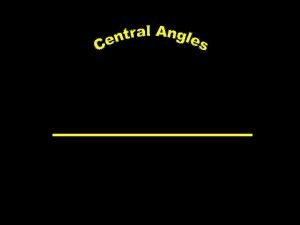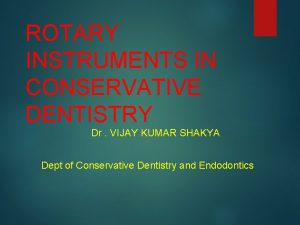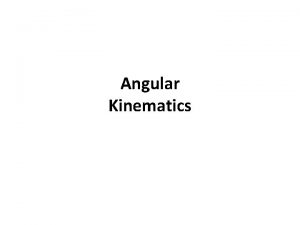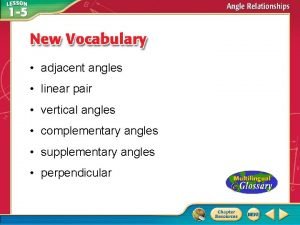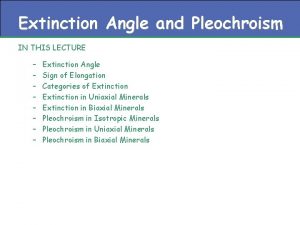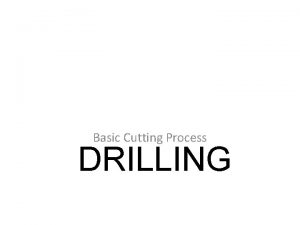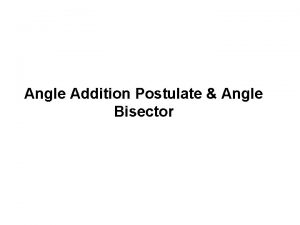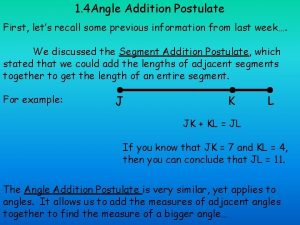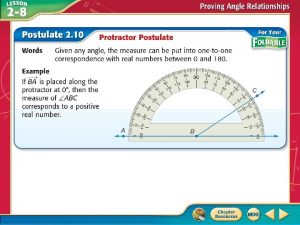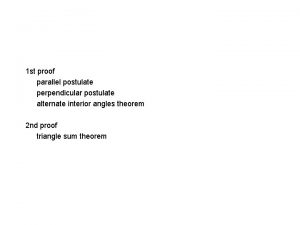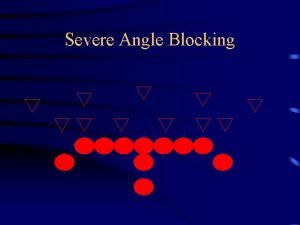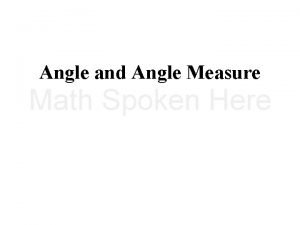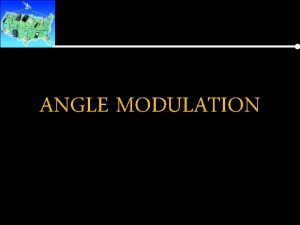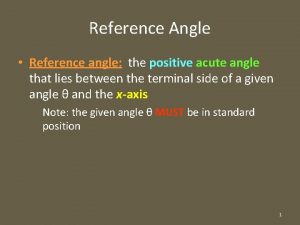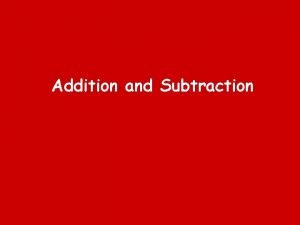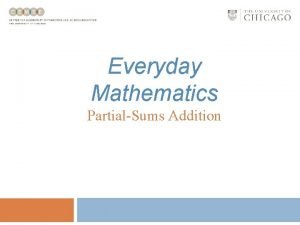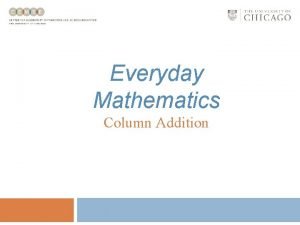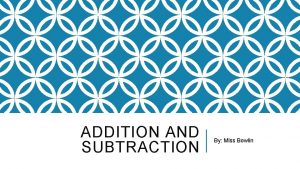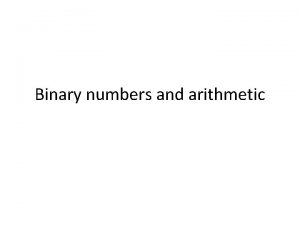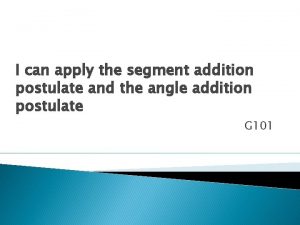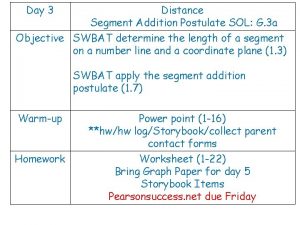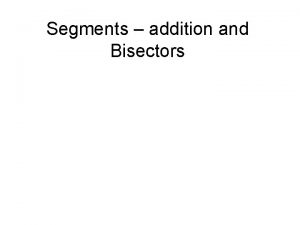The Angle Addition Postulate You will learn to
































- Slides: 32

The Angle Addition Postulate You will learn to find the measure of an angle and the bisector of an angle. 1. 2 ANGLES

The Angle Addition Postulate 1) Draw an acute, an obtuse, or a right angle. Label the angle RST. R S T

The Angle Addition Postulate 1) Draw an acute, an obtuse, or a right angle. Label the angle RST. R 2) Draw and label a point X in the interior of the angle. Then draw SX. X S T

The Angle Addition Postulate 1) Draw an acute, an obtuse, or a right angle. Label the angle RST. R 2) Draw and label a point X in the interior of the angle. Then draw SX. X S 3) For each angle, find m<RSX, m<XST, and <RST. T

The Angle Addition Postulate 1) Draw an acute, an obtuse, or a right angle. Label the angle RST. R 45° 2) Draw and label a point X in the interior of the angle. Then draw SX. X 30° S 3) For each angle, find m<RSX, m<XST, and <RST. T

The Angle Addition Postulate 1) Draw an acute, an obtuse, or a right angle. Label the angle RST. R 45° 2) Draw and label a point X in the interior of the angle. Then draw SX. X 75° S 3) For each angle, find m<RSX, m<XST, and <RST. 30° T

The Angle Addition Postulate 1) How does the sum of m<RSX and m<XST compare to m<RST ? R 45° X 75° S 30° T

The Angle Addition Postulate 1) How does the sum of m<RSX and m<XST compare to m<RST ? Their sum is equal to the measure of <RST. m<XST = 30 + m<RSX = 45 = m<RST = 75 R 45° X 75° S 30° T

The Angle Addition Postulate 1) How does the sum of m<RSX and m<XST compare to m<RST ? Their sum is equal to the measure of <RST. m<XST = 30 + m<RSX = 45 = m<RST = 75 R 2) Make a conjecture about the relationship between the two smaller angles and the larger angle. 45° X 75° S 30° T

The Angle Addition Postulate 1) How does the sum of m<RSX and m<XST compare to m<RST ? Their sum is equal to the measure of <RST. m<XST = 30 + m<RSX = 45 = m<RST = 75 R 2) Make a conjecture about the relationship between the two smaller angles and the larger angle. 45° X 75° S 30° T

The Angle Addition Postulate For any angle PQR, if A is in the interior of <PQR, then m<PQA + m<AQR = m<PQR. Postulate 3 -3 Angle Addition Postulate P Q 1 2 A R

The Angle Addition Postulate For any angle PQR, if A is in the interior of <PQR, then m<PQA + m<AQR = m<PQR. Postulate 3 -3 Angle Addition Postulate P Q 1 2 A R m<1 + m<2 = m<PQR.

The Angle Addition Postulate For any angle PQR, if A is in the interior of <PQR, then m<PQA + m<AQR = m<PQR. Postulate 3 -3 Angle Addition Postulate P Q 1 2 A m<1 + m<2 = m<PQR. R There are two equations that can be derived using Postulate 3 – 3.

The Angle Addition Postulate For any angle PQR, if A is in the interior of <PQR, then m<PQA + m<AQR = m<PQR. Postulate 3 -3 Angle Addition Postulate P Q 1 2 A m<1 + m<2 = m<PQR. R There are two equations that can be derived using Postulate 3 – 3. m<1 = m<PQR – m<2 = m<PQR – m<1

The Angle Addition Postulate For any angle PQR, if A is in the interior of <PQR, then m<PQA + m<AQR = m<PQR. Postulate 3 -3 Angle Addition Postulate P Q 1 2 A m<1 + m<2 = m<PQR. R There are two equations that can be derived using Postulate 3 – 3. m<1 = m<PQR – m<2 = m<PQR – m<1 These equations are true no matter where A is located in the interior of <PQR.

The Angle Addition Postulate Find m<2 if m<XYZ = 86 and m<1 = 22. X 1 W 2 Z Y

The Angle Addition Postulate Find m<2 if m<XYZ = 86 and m<1 = 22. m<2 + m<1 = m<XYZ m<2 = m<XYZ – m<1 Postulate 3 – 3. X 1 W 2 m<2 = 86 – 22 m<2 = 64 Z Y

The Angle Addition Postulate Find m<ABC and m<CBD if m<ABD = 120. C D (5 x – 6)° 2 x° A B

The Angle Addition Postulate Find m<ABC and m<CBD if m<ABD = 120. m<ABC + m<CBD = m<ABD 2 x + (5 x – 6) = 120 Substitution C D (5 x – 6)° 2 x° A B

The Angle Addition Postulate Find m<ABC and m<CBD if m<ABD = 120. m<ABC + m<CBD = m<ABD Postulate 3 – 3. 2 x + (5 x – 6) = 120 Substitution 7 x – 6 = 120 Combine like terms 7 x = 126 Add 6 to both sides x = 18 Divide each side by 7 36 + 84 = 120 C m<ABC = 2 x m<CBD = 5 x – 6 m<ABC = 2(18) m<CBD = 5(18) – 6 m<ABC = 36 m<CBD = 90 – 6 m<CBD = 84 D (5 x – 6)° 2 x° A B

The Angle Addition Postulate Just as every segment has a midpoint that bisects the segment, every angle has a ___ that bisects the angle.

The Angle Addition Postulate Just as every segment has a midpoint that bisects the segment, every angle has a ___ that bisects the angle. This ray is called an ______.

The Angle Addition Postulate The bisector of an angle is the ray with its endpoint at the vertex of the angle, extending into the interior of the angle. The bisector separates the angle into two angles of equal measure. Definition of an Angle Bisector P Q 1 2 A R

The Angle Addition Postulate If bisects <CAN and m<CAN = 130, find <1 and <2. N T 2 1 C A

The Angle Addition Postulate If Since bisects <CAN and m<CAN = 130, find <1 and <2. bisects <CAN, <1 = <2. N <1 + <2 = <CAN Postulate 3 - 3 T 2 1 C A

The Angle Addition Postulate If Since bisects <CAN and m<CAN = 130, find <1 and <2. bisects <CAN, <1 = <2. N <1 + <2 = <CAN Postulate 3 - 3 <1 + <2 = 130 Replace <CAN with 130 T 2 1 C A

The Angle Addition Postulate If Since bisects <CAN and m<CAN = 130, find <1 and <2. bisects <CAN, <1 = <2. N <1 + <2 = <CAN Postulate 3 - 3 <1 + <2 = 130 Replace <CAN with 130 <1 + <1 = 130 Replace <2 with <1 T 2 1 C A

The Angle Addition Postulate If bisects <CAN and m<CAN = 130, find <1 and <2. Since bisects <CAN, <1 = <2. N <1 + <2 = <CAN Postulate 3 - 3 <1 + <2 = 130 Replace <CAN with 130 <1 + <1 = 130 Replace <2 with <1 2(<1) = 130 Combine like terms T 2 1 C A

The Angle Addition Postulate If bisects <CAN and m<CAN = 130, find <1 and <2. Since bisects <CAN, <1 = <2. N <1 + <2 = <CAN Postulate 3 - 3 <1 + <2 = 130 Replace <CAN with 130 <1 + <1 = 130 Replace <2 with <1 2(<1) = 130 Combine like terms (<1) = 65 T 2 Divide each side by 2 1 C A

The Angle Addition Postulate If bisects <CAN and m<CAN = 130, find <1 and <2. Since bisects <CAN, <1 = <2. N <1 + <2 = <CAN Postulate 3 - 3 <1 + <2 = 130 Replace <CAN with 130 <1 + <1 = 130 Replace <2 with <1 2(<1) = 130 Combine like terms (<1) = 65 Since <1 = <2 T 2 Divide each side by 2 1 C A

The Angle Addition Postulate If bisects <CAN and m<CAN = 130, find <1 and <2. Since bisects <CAN, <1 = <2. N <1 + <2 = <CAN Postulate 3 - 3 <1 + <2 = 130 Replace <CAN with 130 <1 + <1 = 130 Replace <2 with <1 2(<1) = 130 Combine like terms (<1) = 65 Since <1 = <2, T 2 Divide each side by 2 <2 = 65 1 C A

The Angle Addition Postulate
 Hk bisects ghj
Hk bisects ghj Angle addition postulate
Angle addition postulate Angle addition postulate
Angle addition postulate Angle addition postulate formula
Angle addition postulate formula Angle addition postulate example
Angle addition postulate example Angle addition postulate proof
Angle addition postulate proof Define linear pair
Define linear pair Vertical angles
Vertical angles Sas congruence theorem
Sas congruence theorem Similarity postulate
Similarity postulate Sas postulate
Sas postulate Segment and angle bisectors worksheet
Segment and angle bisectors worksheet Geometry basics segment addition postulate
Geometry basics segment addition postulate Segment addition postulate
Segment addition postulate Segment addition statement
Segment addition statement Arc addition postulate calculator
Arc addition postulate calculator Kinesthetic learners learn best by
Kinesthetic learners learn best by Corresponding angle postulate
Corresponding angle postulate The more you study the more you learn
The more you study the more you learn You live to learn
You live to learn You are what you learn
You are what you learn Xbc45
Xbc45 Critical.angle formula
Critical.angle formula First angle projection
First angle projection Angle whose vertex is at the center
Angle whose vertex is at the center Rotary cutting instruments in operative dentistry
Rotary cutting instruments in operative dentistry Absolute angle vs relative angle
Absolute angle vs relative angle Acute vertical angles examples
Acute vertical angles examples Name an angle adjacent to angle fgi
Name an angle adjacent to angle fgi Angle klm and angle mln are complementary
Angle klm and angle mln are complementary Types of extinction in minerals
Types of extinction in minerals Angle 1 and angle 2 are complementary
Angle 1 and angle 2 are complementary The lip clearance angle is the angle formed by the *
The lip clearance angle is the angle formed by the *
